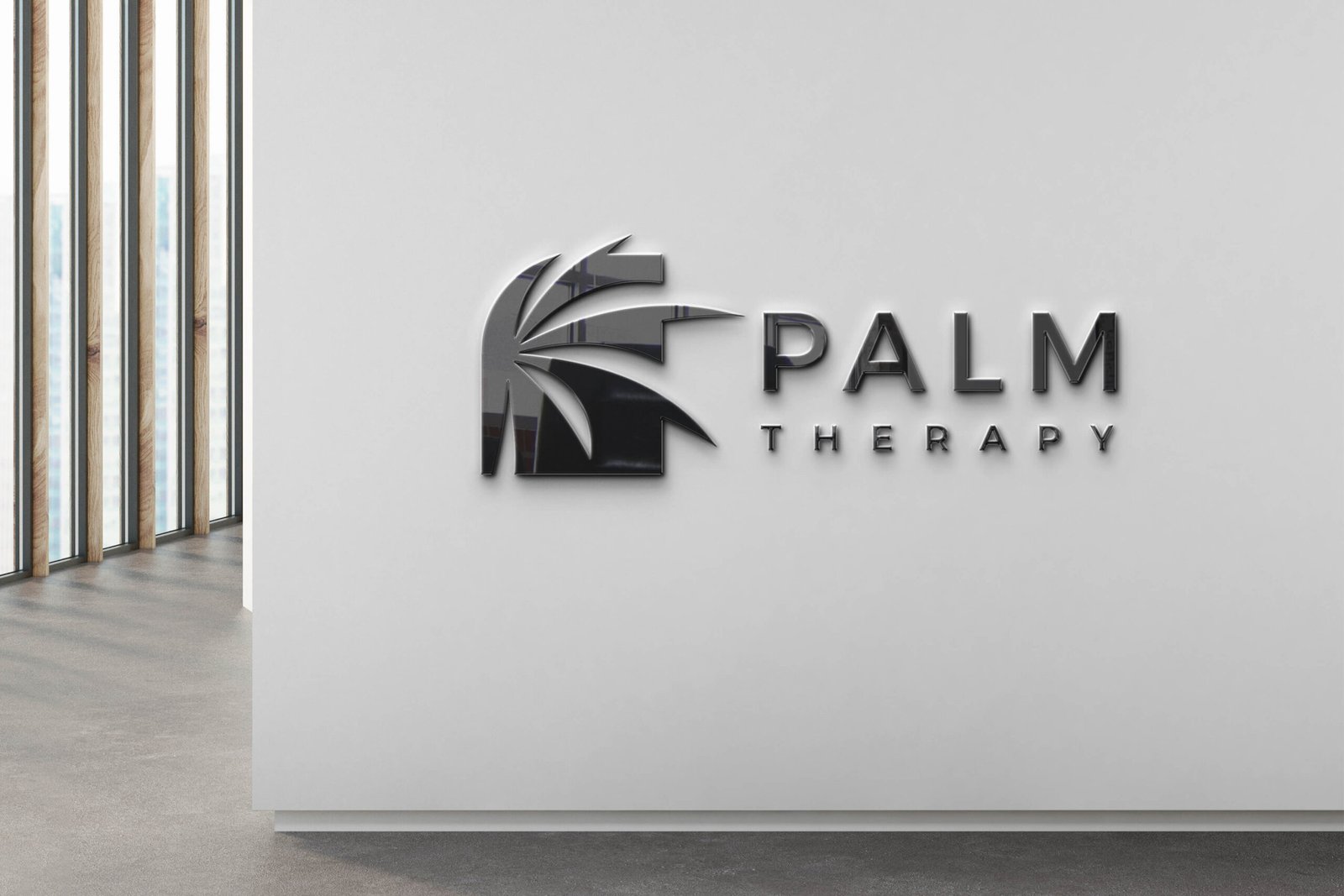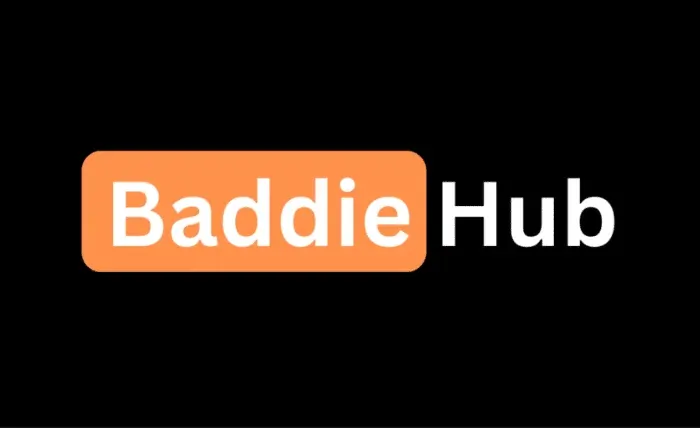Typography is an essential aspect of design that influences how we perceive visual content, including logos. When it comes to 3D logos, selecting the right font becomes even more crucial as it directly affects the logo’s appeal, readability, and brand message. With its diverse range of fonts and design options, Logo Maker Online can help you craft visually stunning and impactful 3D logos that capture your brand’s essence. In this blog, we will explore the significance of typography in logo design, especially for 3D logos, and learn how choosing the right font can have a profound impact on a brand’s identity.
1. The Power of Typography in Logo Design
Typography, the art of arranging text in a visually appealing manner, plays a pivotal role in logo design. Logos are the face of a brand, representing its values, personality, and vision. An effective logo must be memorable, scalable, and communicate the brand’s essence succinctly. Typography serves as a potent tool for achieving these goals.
2. Understanding 3D Logos
Before we delve into the world of fonts for 3D logos, let’s first understand what makes a logo three-dimensional. Unlike flat logos, which are two-dimensional and lack depth, 3D logos give an illusion of volume and dimension. This effect is achieved through various design techniques, including perspective, shadows, and lighting.
3. The Role of Fonts in 3D Logos
Fonts are an integral part of any logo, and in 3D logos, they become even more significant. The right font choice can evoke emotions, align with the brand’s values, and create a lasting impression on the audience. On the other hand, an inappropriate font can confuse the message, reduce readability, and diminish the logo’s overall impact.
4. Choosing the Right Font for 3D Logos
Selecting the appropriate font for a 3D logo requires careful consideration of several factors. Let’s explore some essential guidelines to help you make an informed decision.
4.1. Brand Identity and Personality
Every brand has a unique identity and personality. A well-designed logo should reflect these characteristics and evoke the desired emotions in the target audience. For example, a playful and fun brand may opt for a rounded and bubbly font, while a luxury brand may choose an elegant and sophisticated script font.
4.2. Readability and Scalability
A logo must be legible and recognizable in various sizes and formats. When choosing a font for a 3D logo, ensure that it remains clear and readable, even when scaled down. Avoid overly intricate or decorative fonts that may lose clarity when reduced in size.
4.3. Compatibility with Design Elements
In 3D logos, typography often interacts with other design elements, such as shapes, colors, and shadows. The font should harmonize with these elements and complement the overall design. Experiment with different font styles to find the perfect balance that enhances the logo’s three-dimensional effect.
4.4. Simplicity and Timelessness
Simplicity is a key principle in logo design. A clean and straightforward font can withstand the test of time and remain relevant even as design trends evolve. Avoid overly complex fonts that may become outdated and lose their appeal in the future.
5. Popular Font Styles for 3D Logos
Now that we understand the importance of selecting the right font for 3D logos let’s explore some popular font styles that work exceptionally well in this context.
5.1. Sans Serif Fonts
Sans-serif fonts are clean, modern, and versatile, making them a popular choice for 3D logos. Their straightforward design and lack of decorative elements ensure clarity and readability, even in three-dimensional form. Examples of popular sans-serif fonts include Helvetica, Futura, and Gotham.
5.2. Geometric Fonts
Geometric fonts have distinct, consistent shapes that add a contemporary and visually appealing element to 3D logos. The precise lines and angles of geometric fonts complement the three-dimensional effect, creating a harmonious design. Examples of geometric fonts are Montserrat, Avenir, and Century Gothic.
5.3. Script Fonts
Script fonts can add elegance, personality, and a touch of sophistication to 3D logos. When used judiciously, script fonts can create a sense of hand-crafted artistry and convey a brand’s commitment to personalization and attention to detail. However, it’s essential to exercise caution with script fonts in 3D logos, as they can be challenging to read in smaller sizes and may not always pair well with certain design elements. Some popular script fonts used in 3D logos are Pacifico, Alex Brush, and Great Vibes.
5.4. Display Fonts
Display fonts are characterized by their unique and eye-catching designs. They often have exaggerated or unconventional shapes that can add a distinct personality to 3D logos. These fonts work exceptionally well when the brand’s identity calls for creativity and innovation. However, caution should be exercised with display fonts to ensure they remain readable and don’t overshadow other design elements. Examples of display fonts include Bebas Neue, Impact, and Lobster.
5.5. Custom Fonts
For a truly distinctive 3D logo, some brands opt for custom-designed fonts. Custom fonts allow brands to have complete control over the design, ensuring that the typography aligns perfectly with their unique identity and brand message. While custom fonts can be a powerful asset, they require careful consideration and expert design skills to achieve the desired result effectively.
6. The Impact of Font Color
In addition to selecting the right font style, the color of the typography plays a crucial role in a 3D logo’s impact. Color evokes emotions and associations, and when combined with the right font style, it can reinforce the brand’s message. For example:
- Bold Colors: Vibrant and bold colors like red, orange, and yellow convey energy, excitement, and enthusiasm. These colors are often used by brands seeking to evoke a sense of urgency or action.
- Neutral Colors: Neutral colors like black, white, and gray signify sophistication, simplicity, and timelessness. Many luxury brands opt for neutral-colored typography to portray elegance and exclusivity.
- Pastel Colors: Soft and pastel colors like light blue, pink, and lavender evoke a feeling of calmness and gentleness. Brands targeting a young or female audience often use pastel-colored fonts to establish a friendly and approachable image.
7. The Art of Balance: Integrating Typography into 3D Logos
A successful 3D logo seamlessly integrates typography with other design elements, such as shapes, shadows, and lighting. Achieving the perfect balance requires meticulous attention to detail and an understanding of how each element influences the overall perception of the logo.
9. Conclusion
Typography is a powerful tool in logo design, particularly when creating 3D logos. The right font choice can significantly impact a brand’s identity, personality, and message, while a poor choice can dilute the logo’s impact and undermine the brand’s image.
When choosing a font for a 3D logo, consider the brand’s identity, readability, scalability, and compatibility with other design elements. Popular font styles like sans-serif, geometric, script, and display fonts offer various possibilities to explore, each with its unique appeal and character. If you are a newbie then explore types of logos that can influence the overall perception and emotional impact of a brand.
Also Read:




